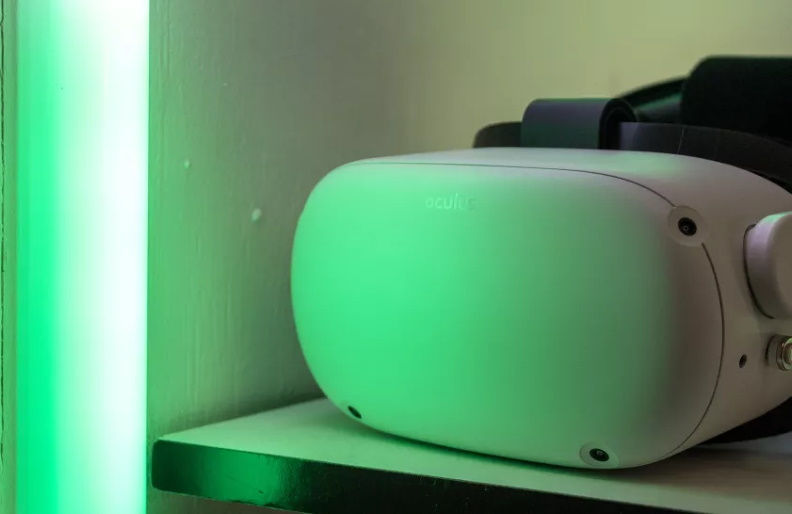That in addition to the market growing almost 100% year-over-year.
What you need to know
- Research firm IDC says that the Meta Quest 2 captured 78% of all AR/VR headset sales in 2021.
- The AR/VR headset market grew by 92.1% year-over-year in 2021 compared to 2020, with half of the sales occurring in the 4th quarter of 2021.
- 2021 marks the first year since 2016 where this level of growth was seen.
The AR and VR headset market — collectively known as XR — continues to grow in leaps and bounds thanks in large part to the Meta Quest 2. According to the International Data Corporation (IDC), Meta’s flagship VR headset sold 8.7 million units in 2021, with half of that volume being sold during the Holiday season in the 4th quarter.
In total, the Meta Quest 2 — which was still being sold as the Oculus Quest 2 during this time period — made up 78% of all XR headset shipments in the year. The total number of XR headsets shipped in 2021 was 11.2 million according to IDC and represents the largest growth in XR headset shipments since the original Oculus Rift, HTC Vive, and PlayStation VR headsets debuted in 2016. That’s a 92.1% year-over-year growth, according to the company.
The remainder of the market share is split between several different companies. DPVR, a company that mostly sells its headsets to commercial clients, held 5.1% of headset sales. Pico — a company owned by TikTok maker ByteDance who recently partnered with Qualcomm — soaked up 4.5% of the annual VR headset sales. That leaves roughly 12.4% of sales split between companies like Valve, Sony, and several other smaller firms.

That shows that standalone headsets — meaning ones that don’t require users to hook up to a PC or console — dominated the lion’s share of sales for the year. When the original Oculus Quest debuted, we saw a similar jump in sales statistics in what would have otherwise been a negative year for the VR industry, as a whole.
IDC went on to forecast market growth for the next few years, which shows the market ticking up to 50 million units sold by the year 2026. That’s broken up roughly by 30 million units sold to consumers looking for the best VR games, while the other estimated 20 million headsets would go to businesses.
This article was originally published on Android Central

